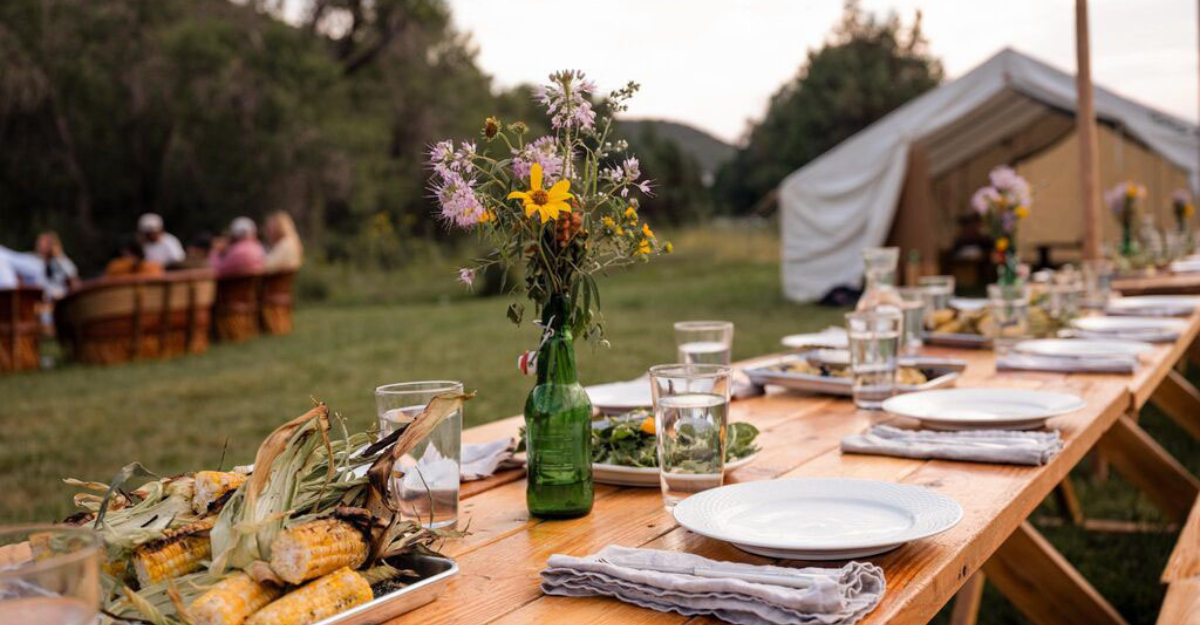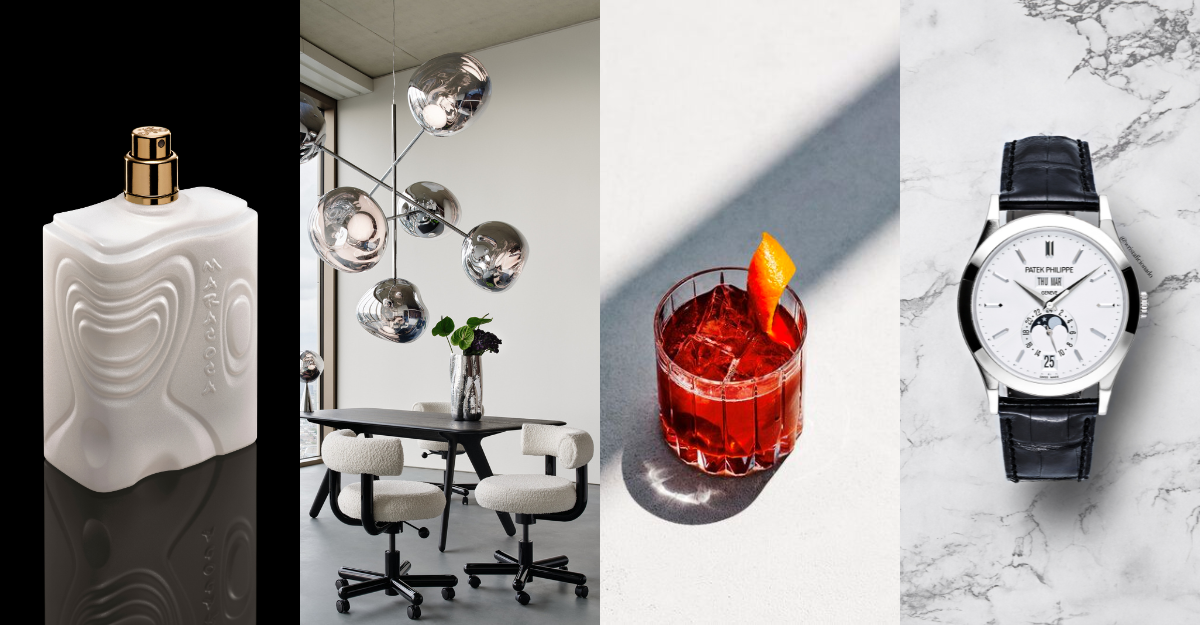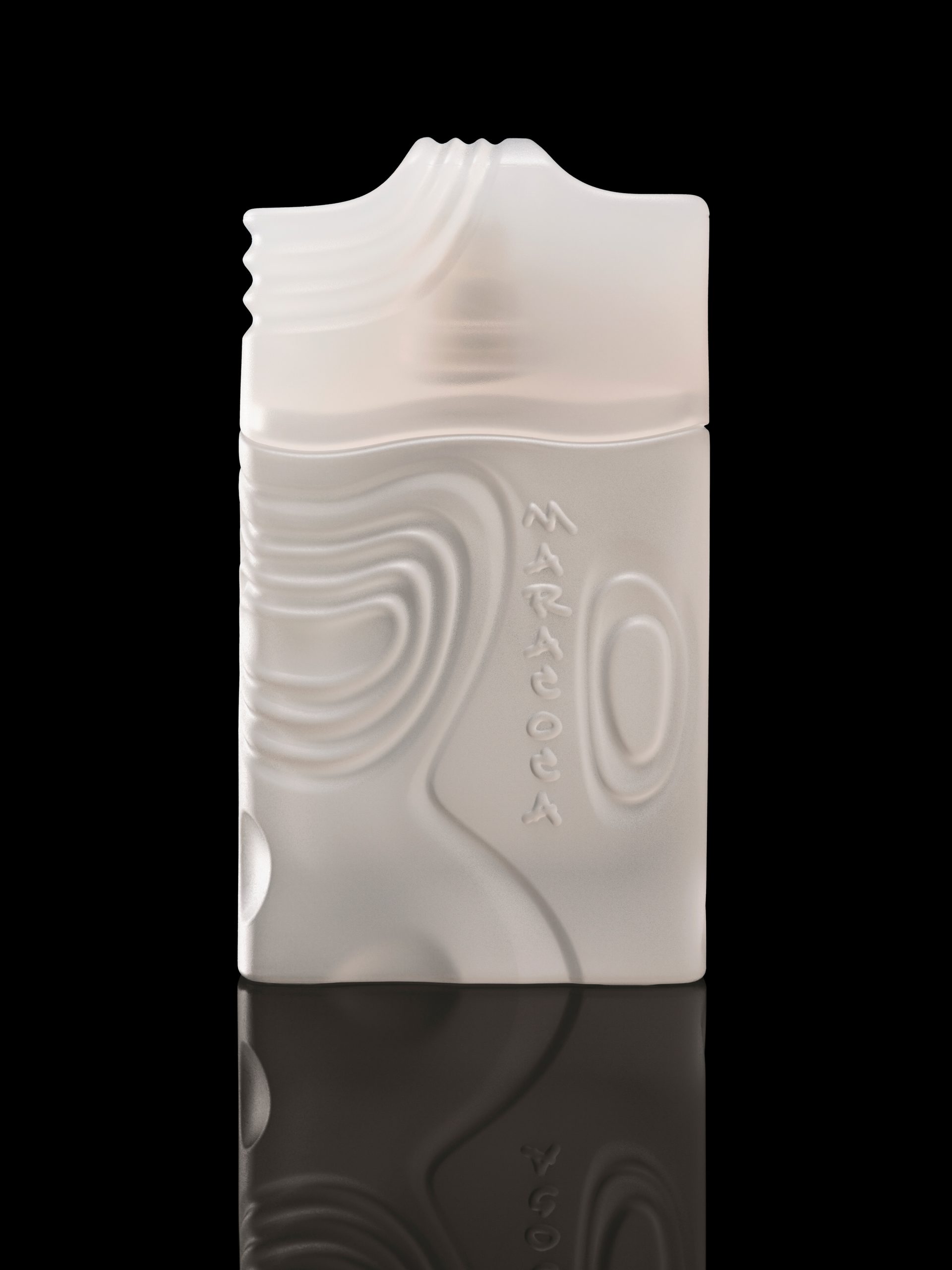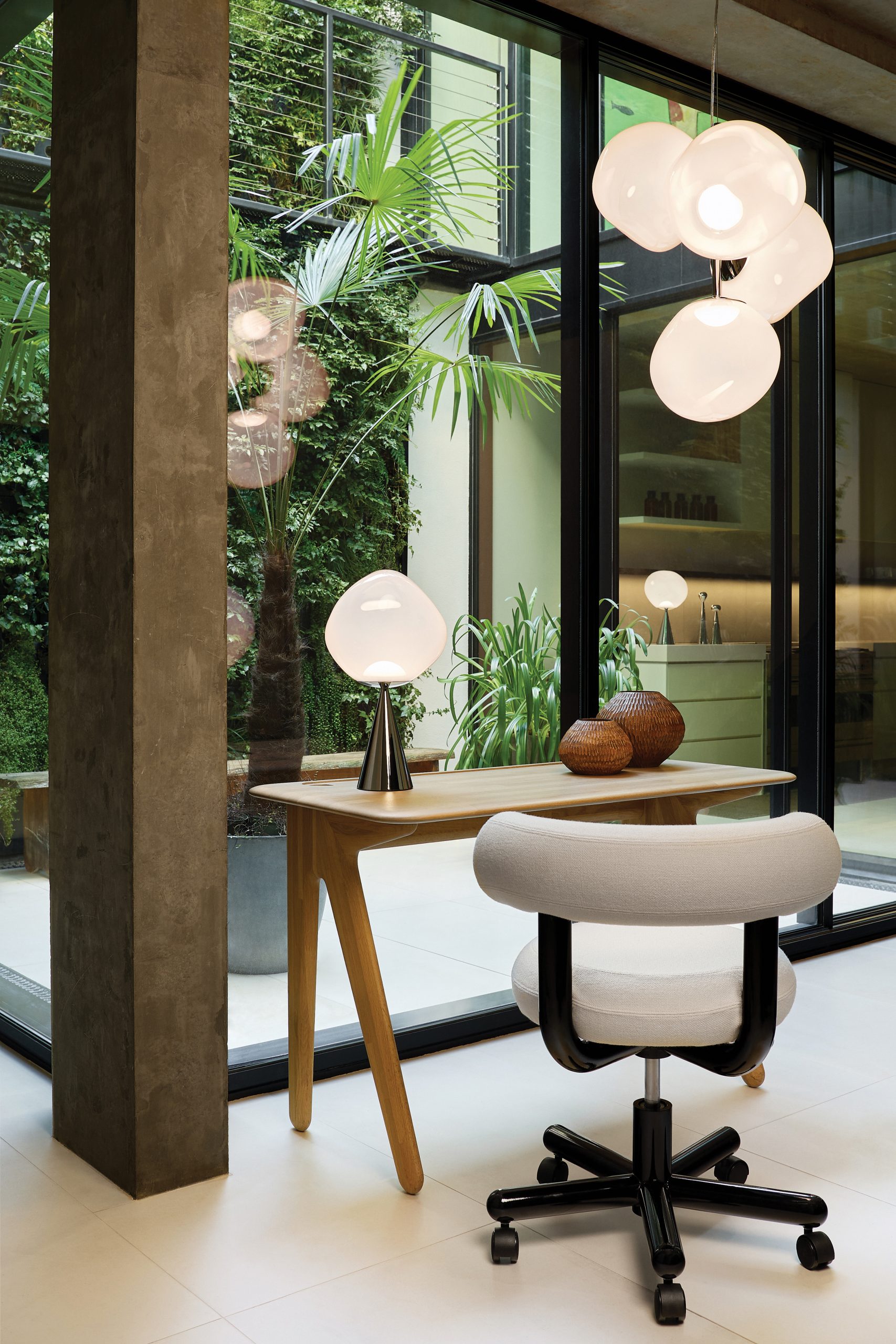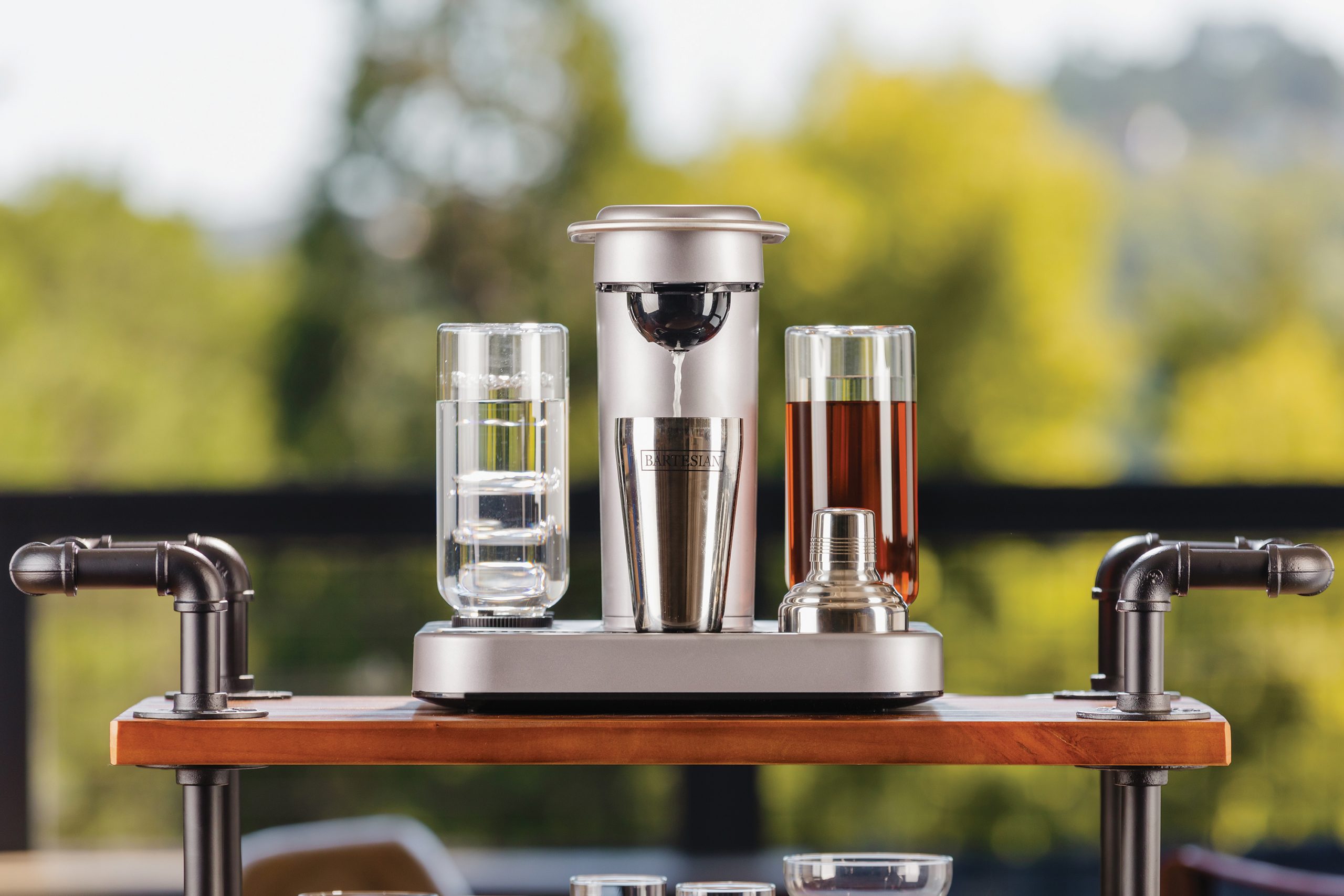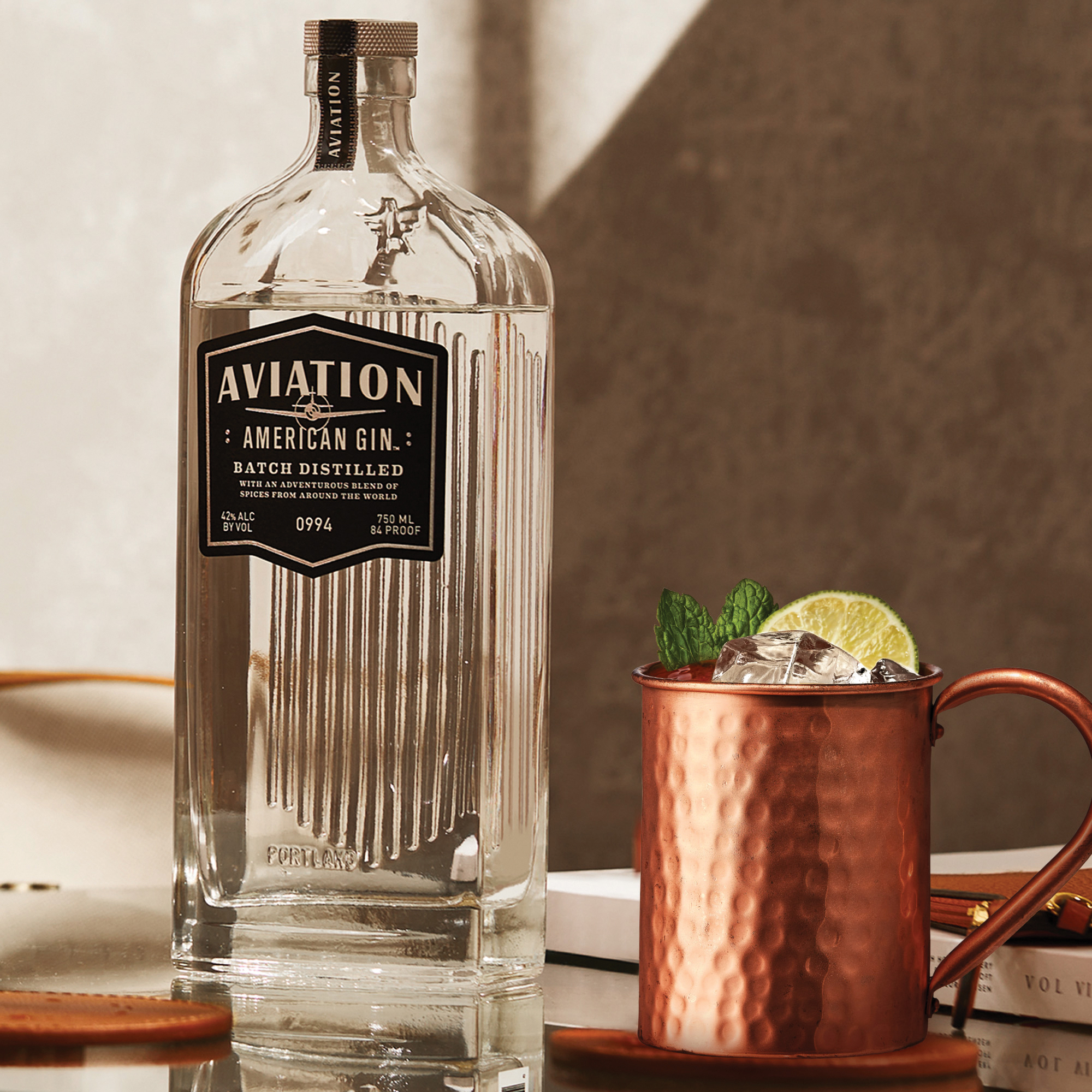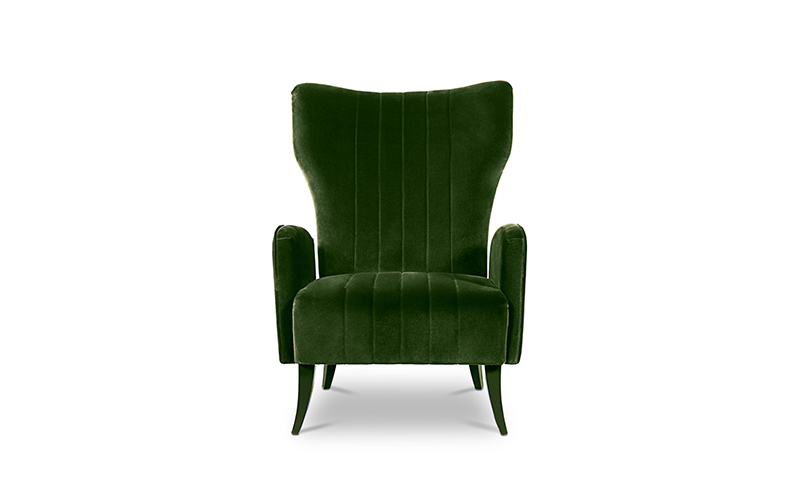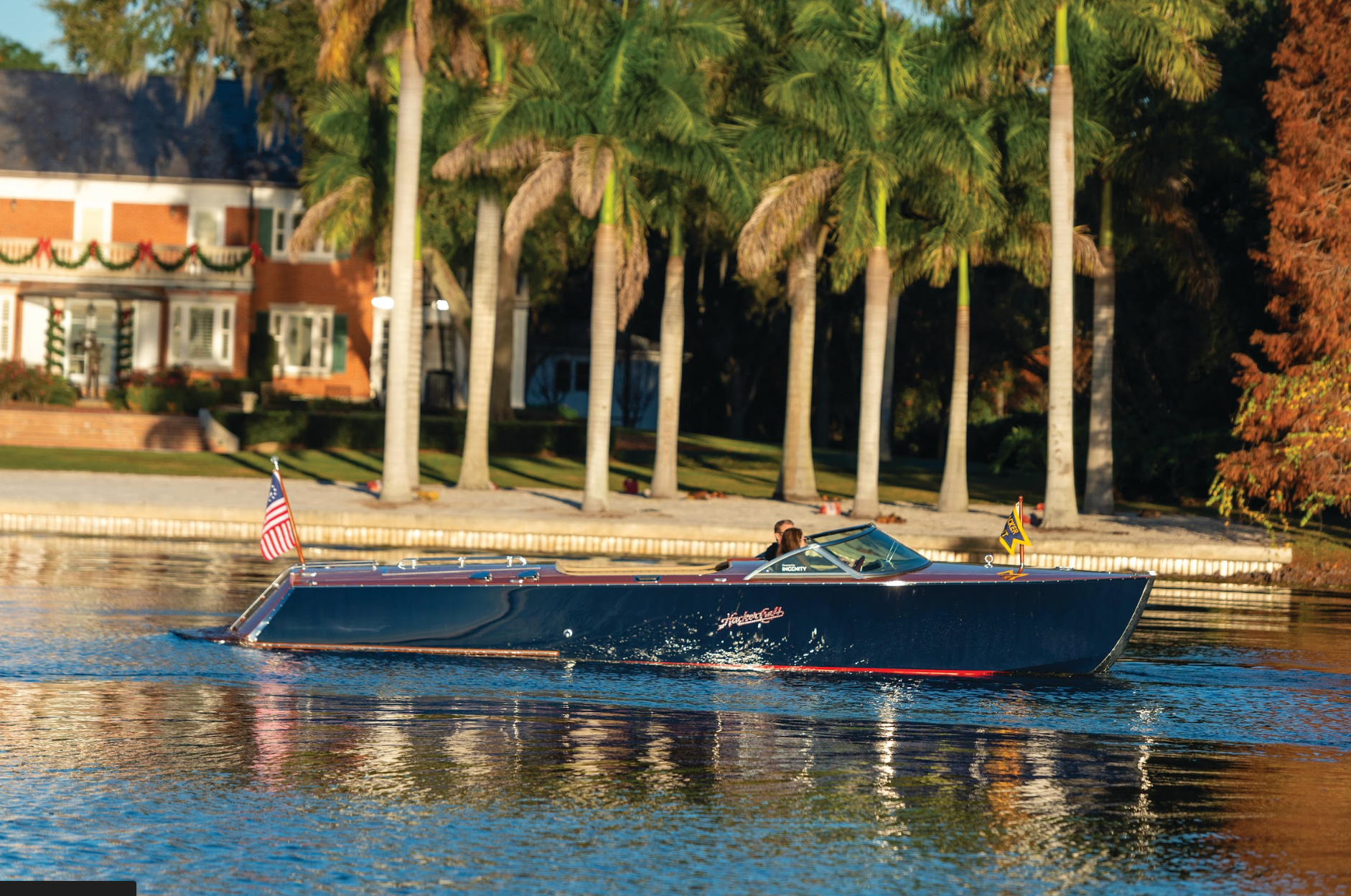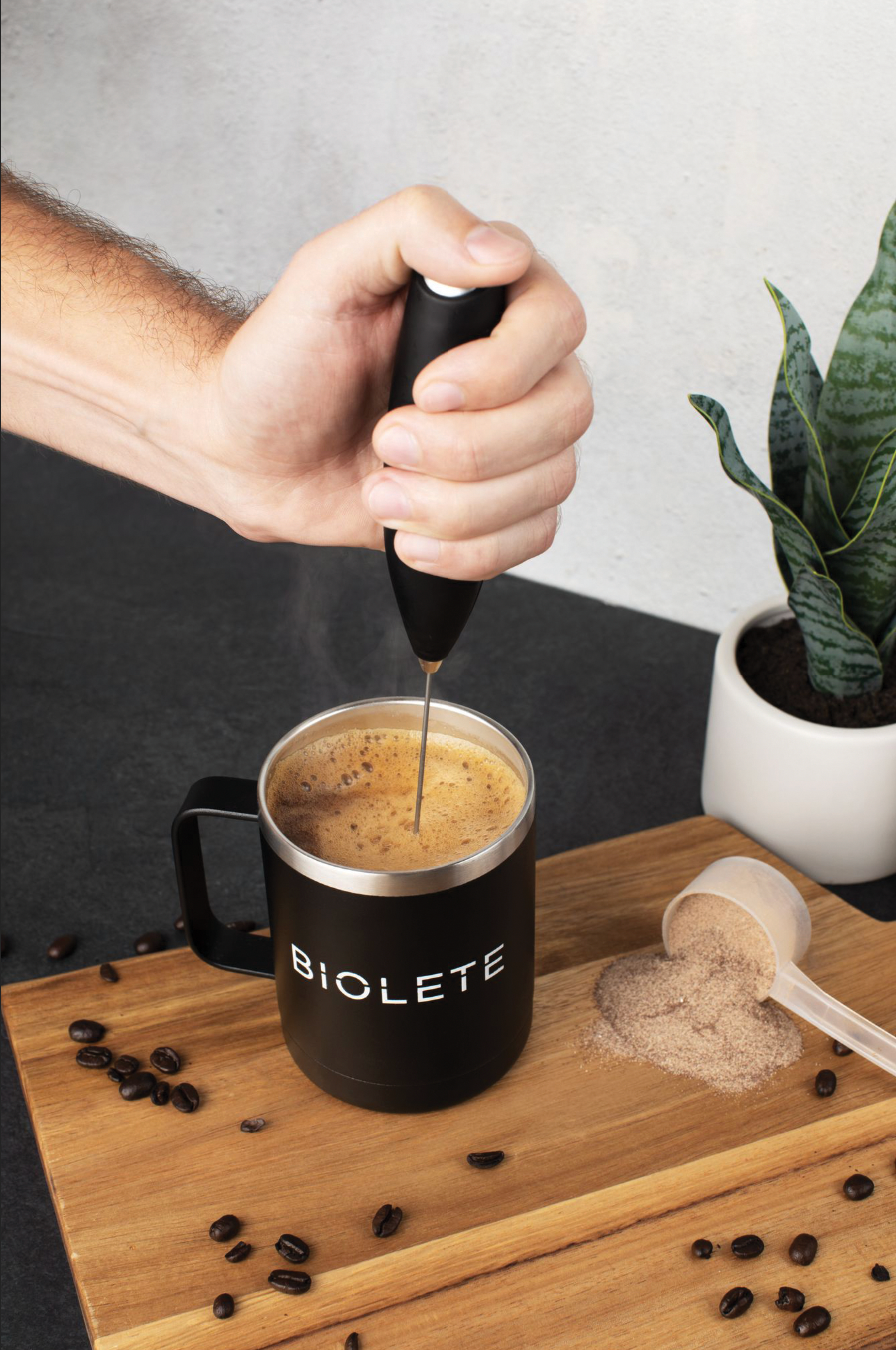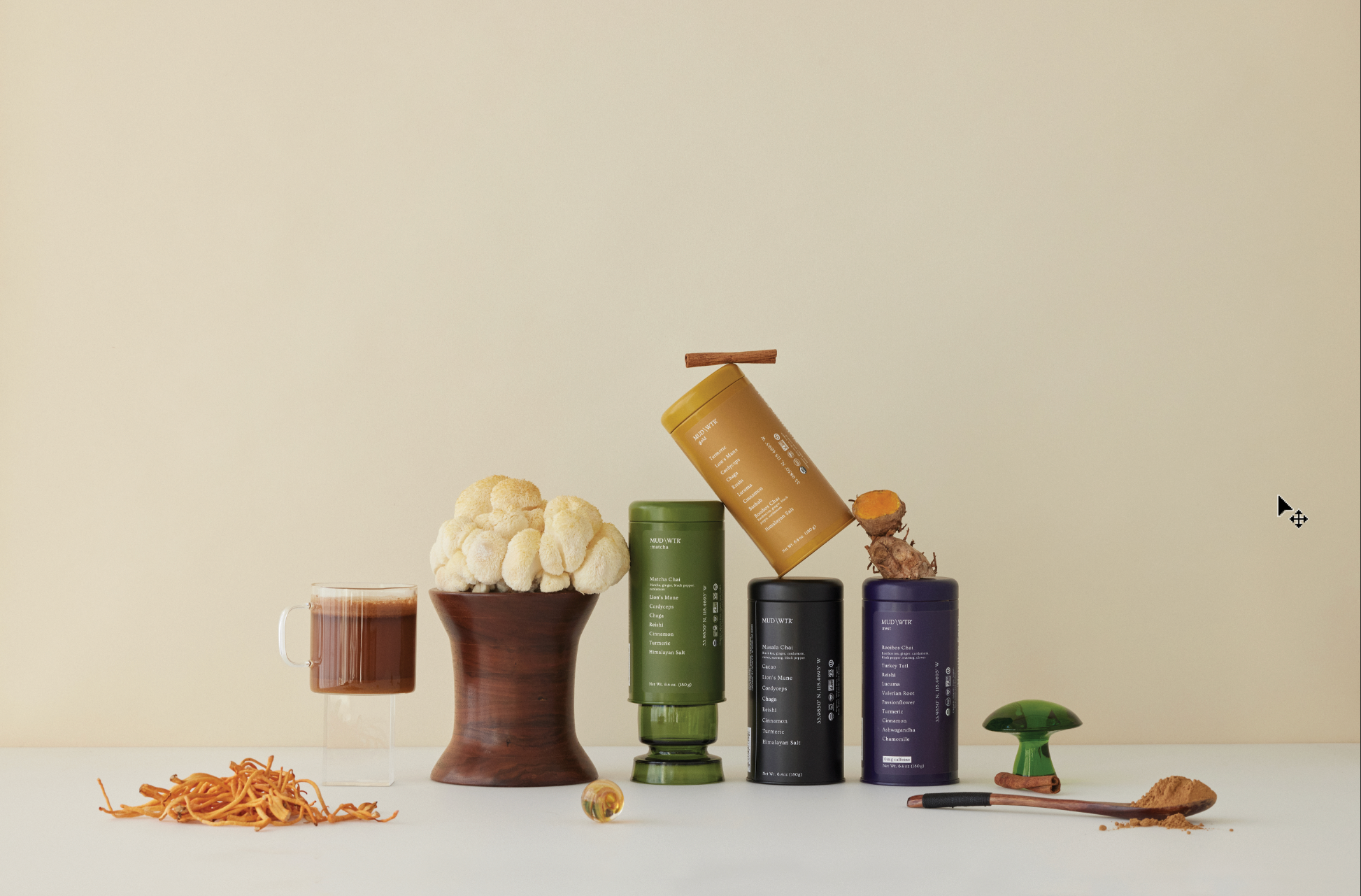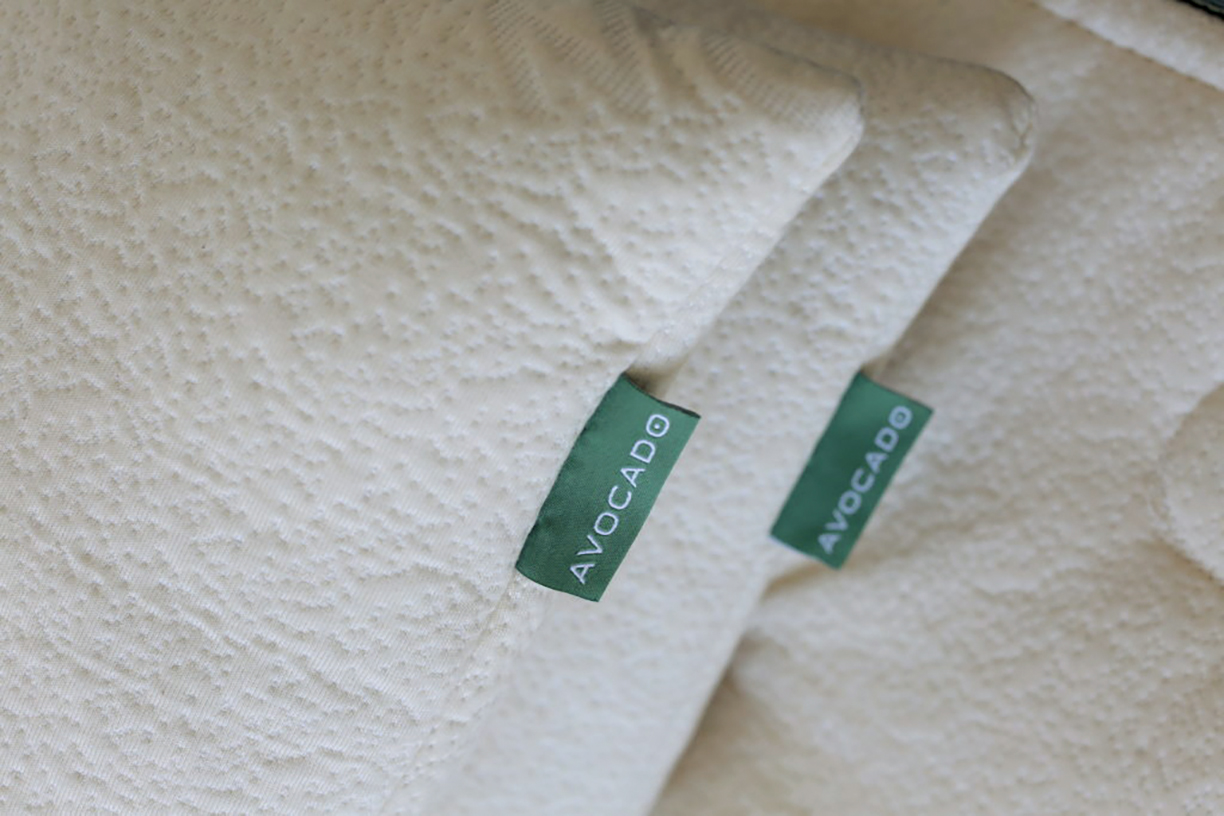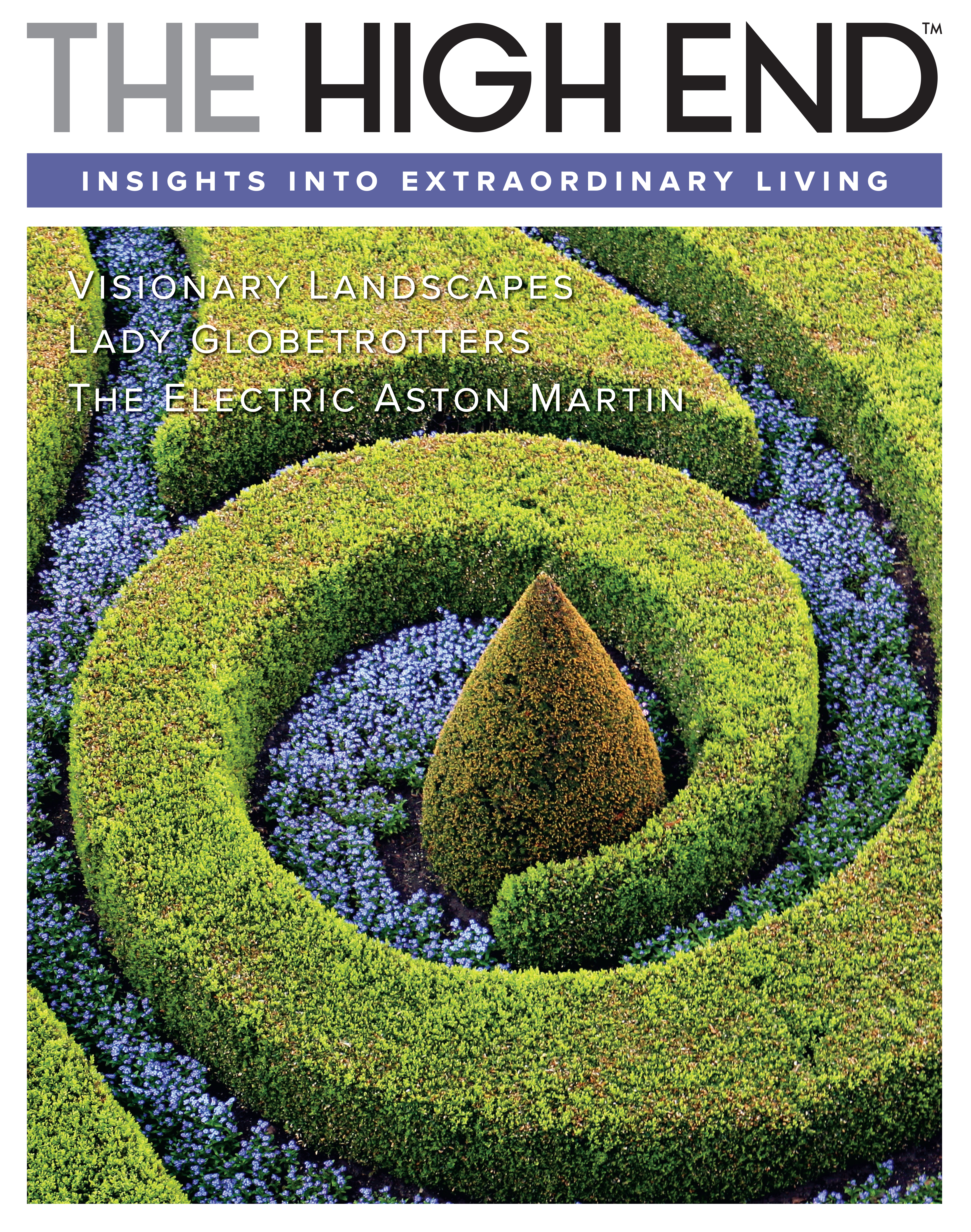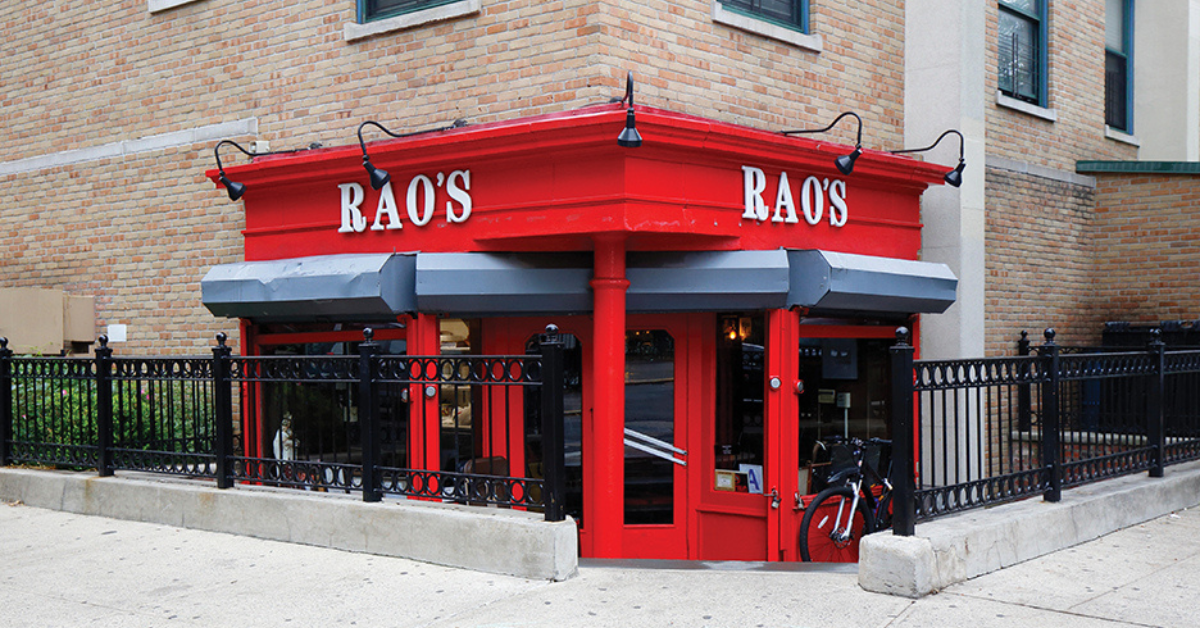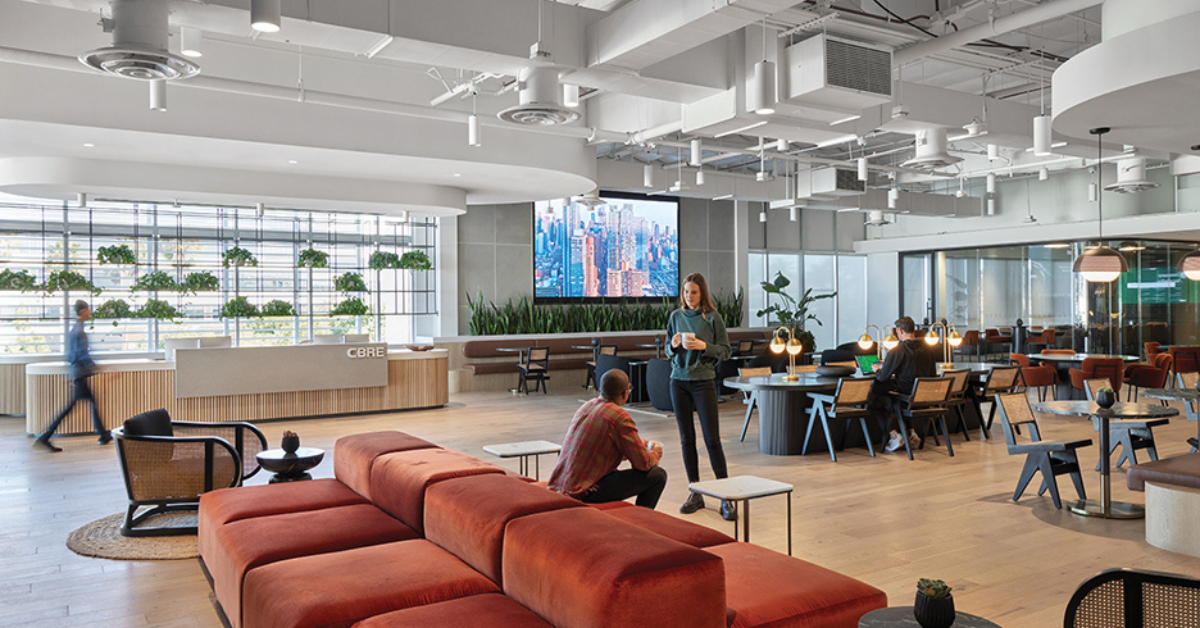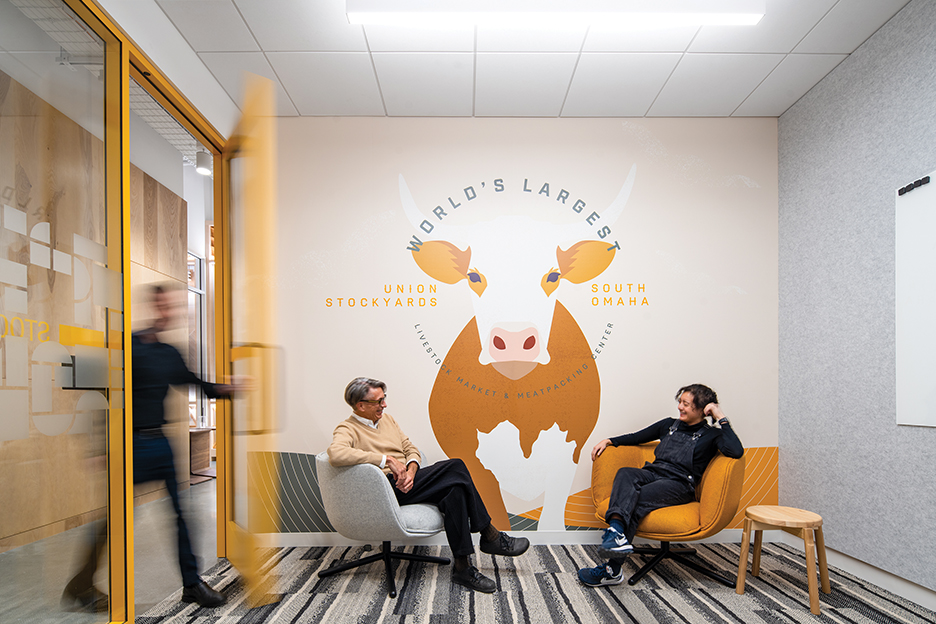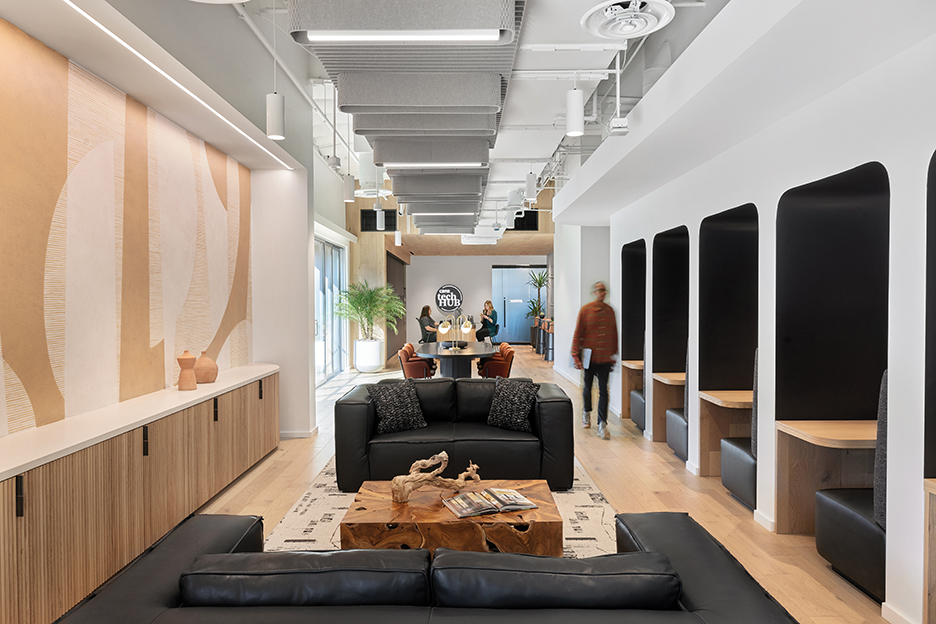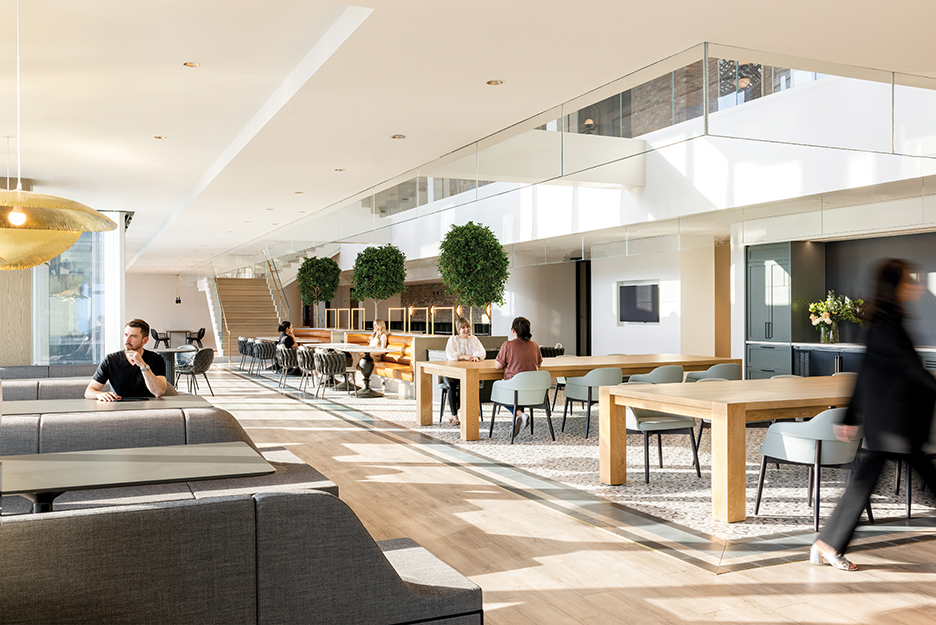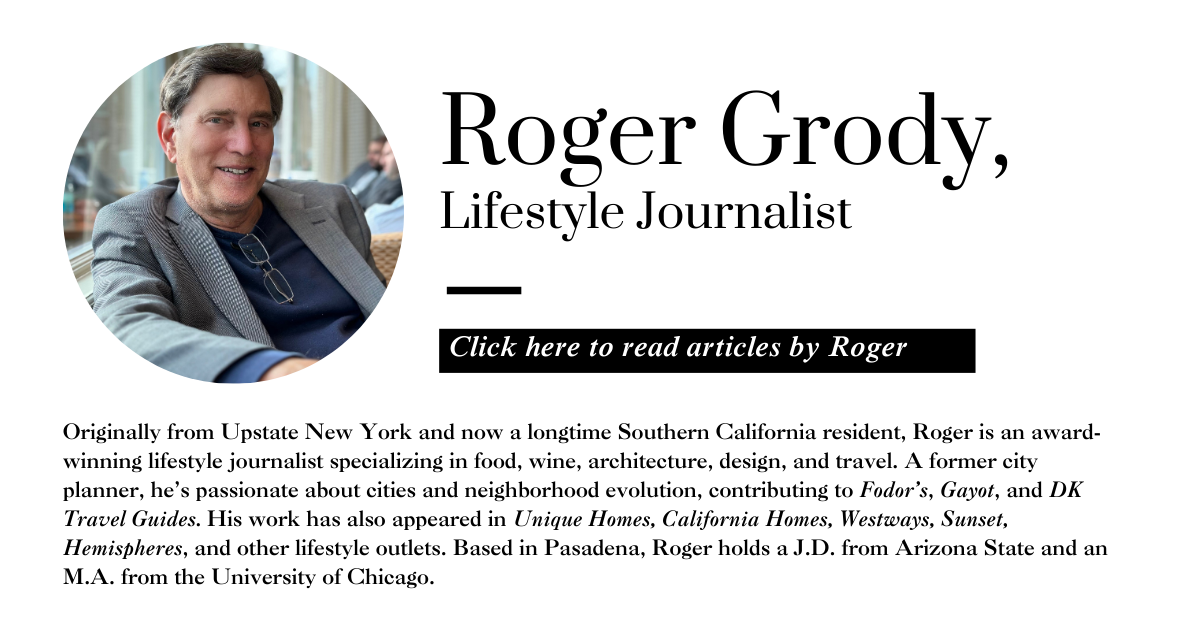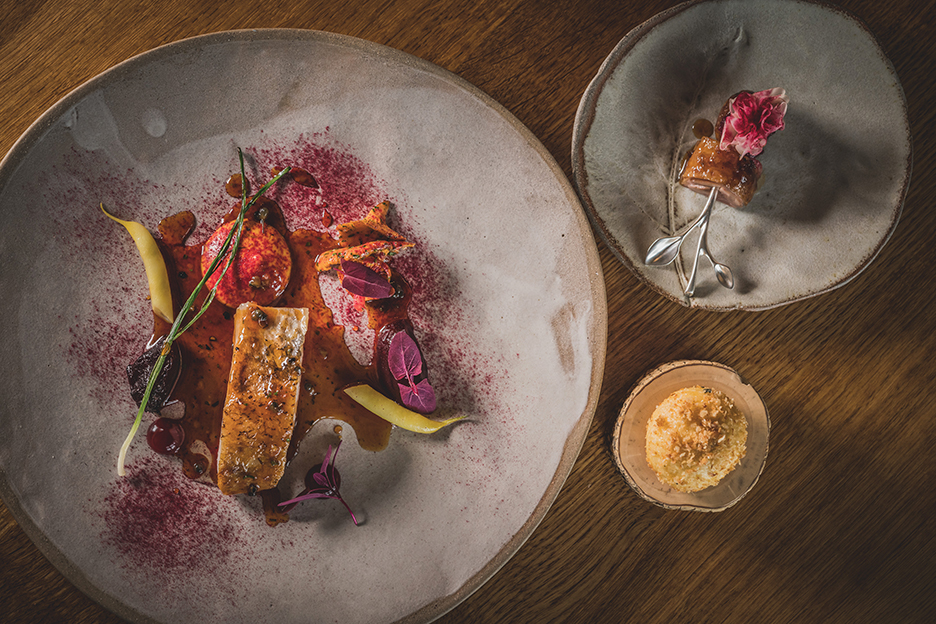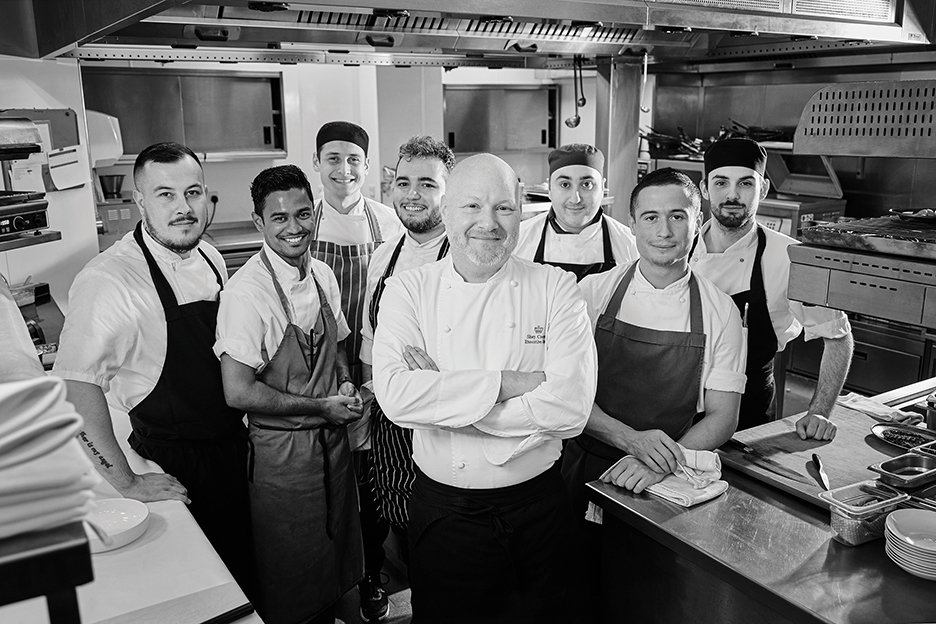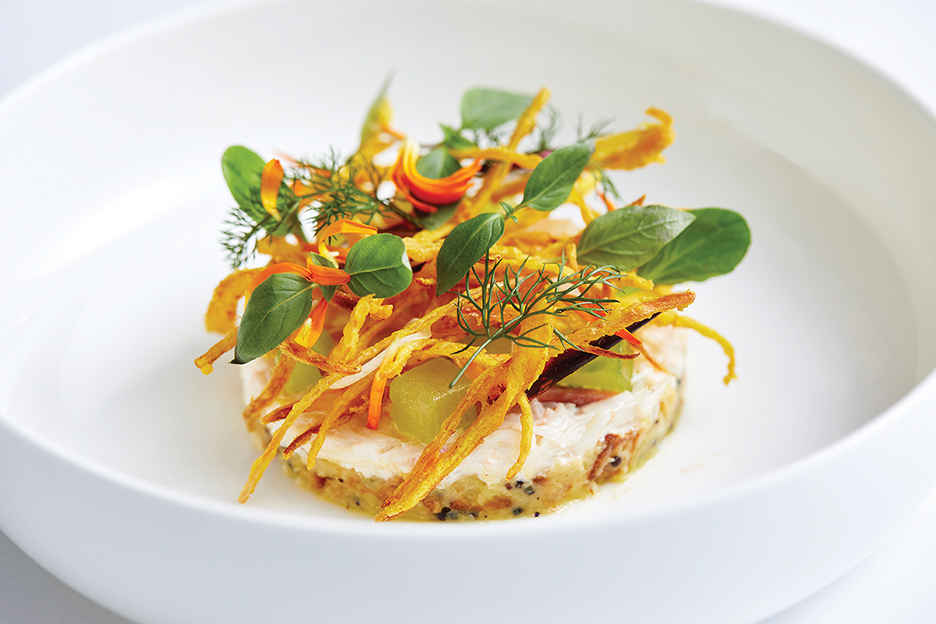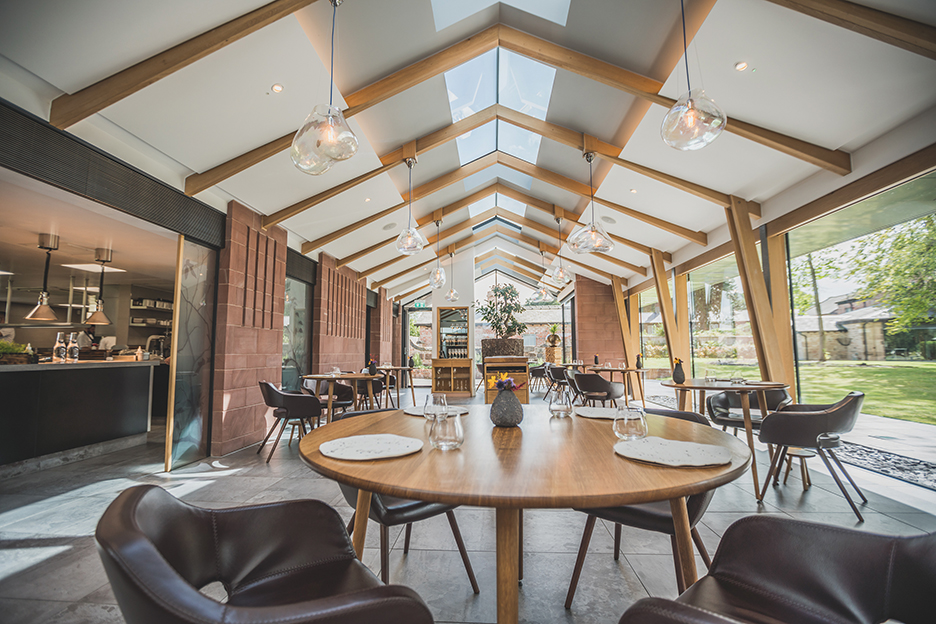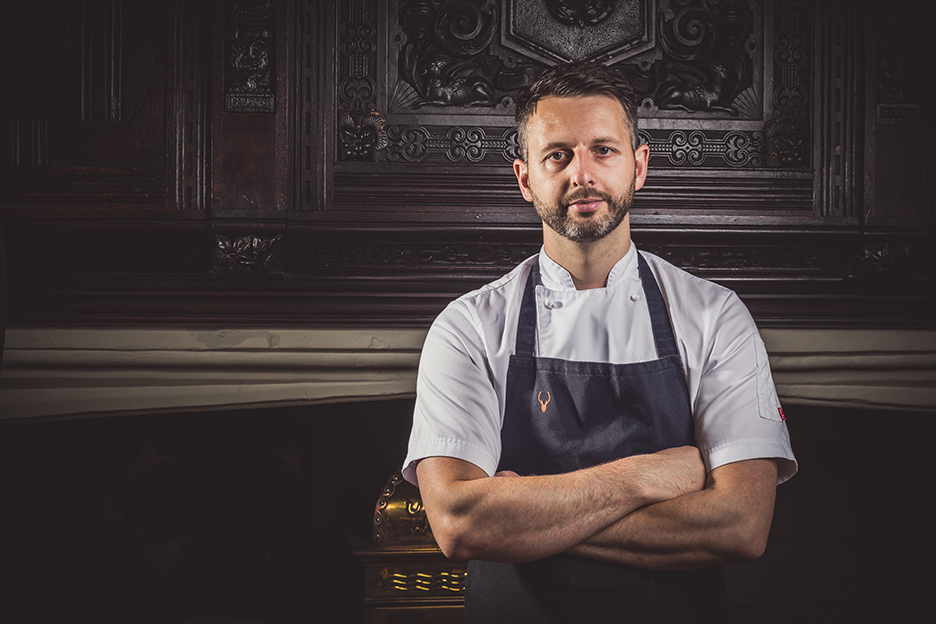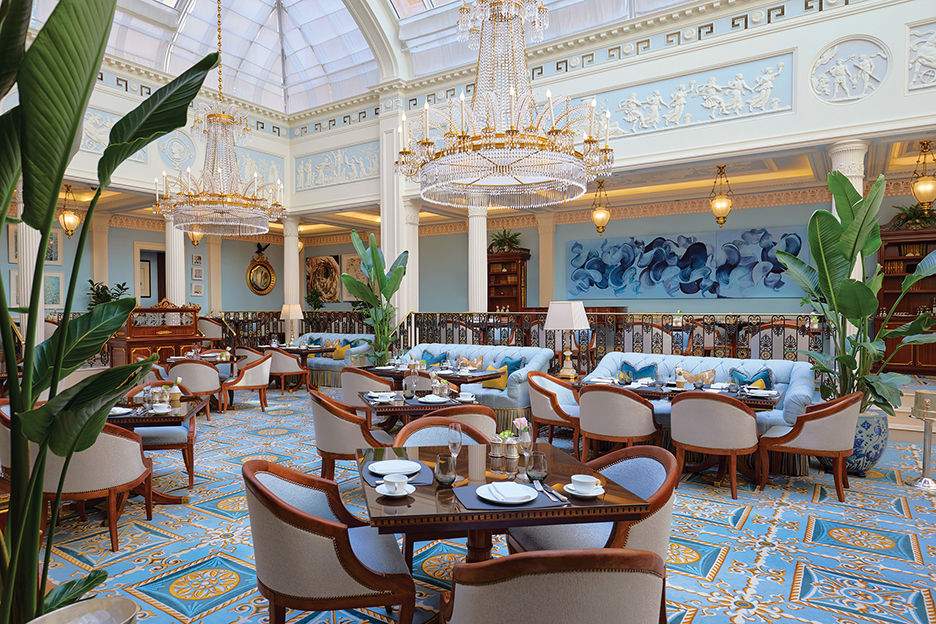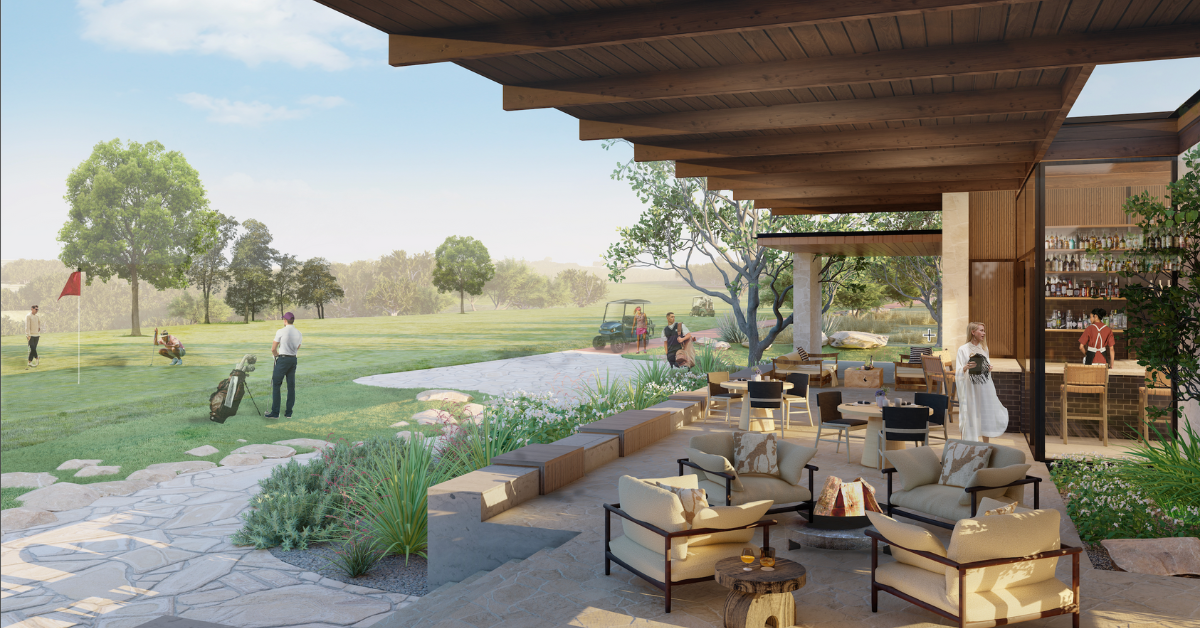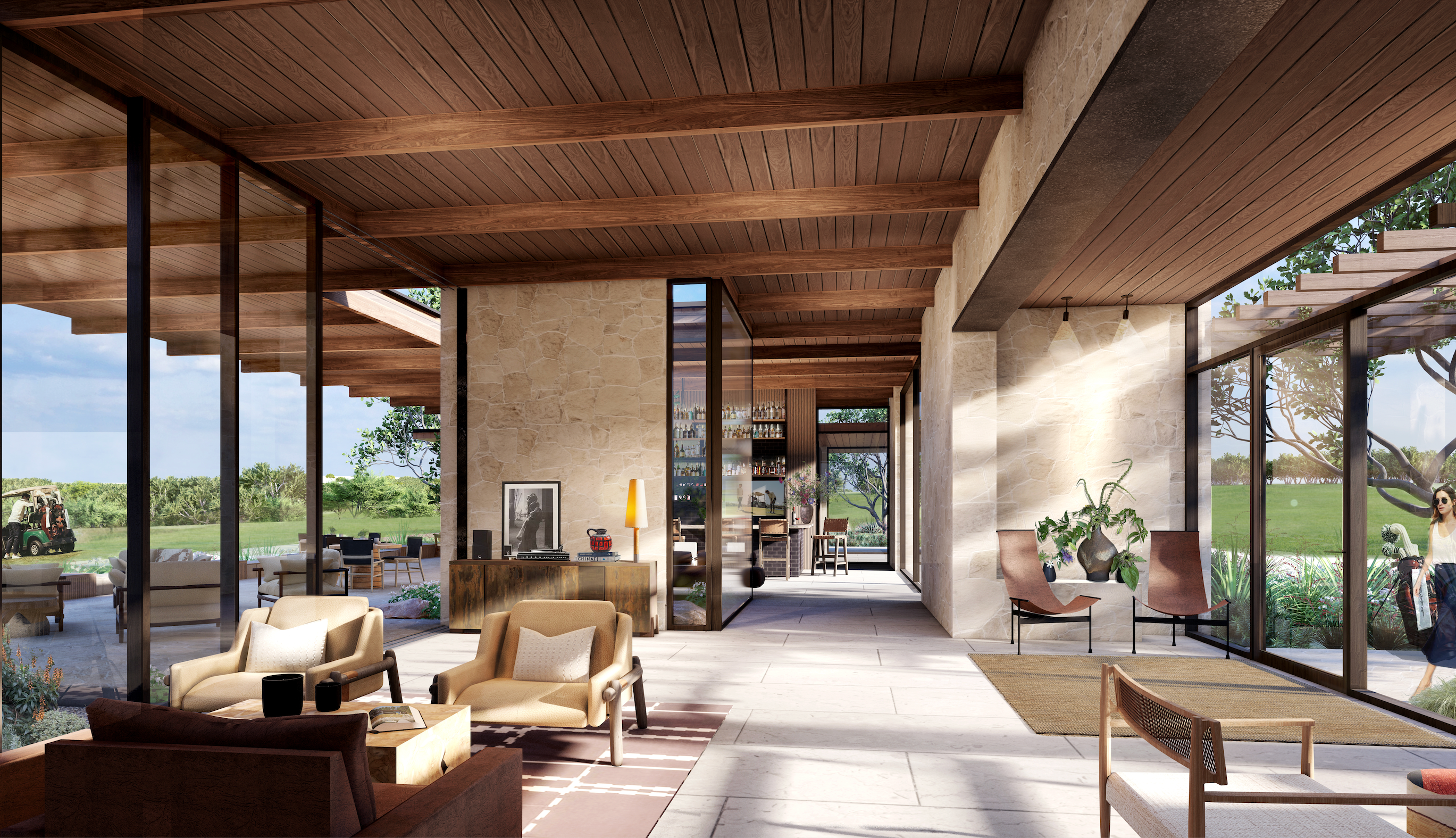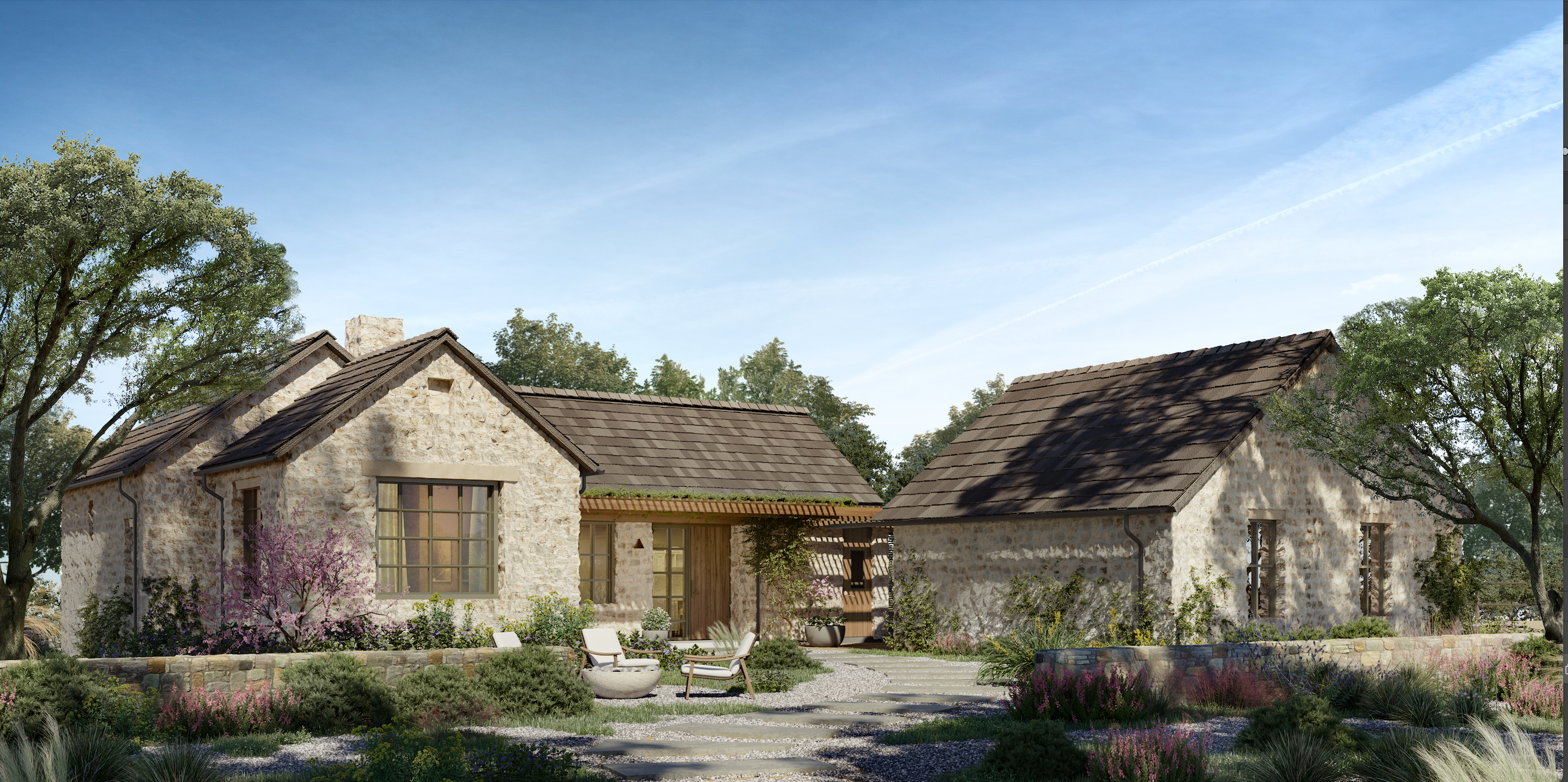In our ever-changing modern world, it is hard to stay grounded and unplugged. These luxurious glamping options provide the supreme opportunity for the ultimate digital detox, without compromising comfort.
Camping has long been an effective method for connecting with nature and spending quality time with loved ones. However, the adventurous getaway often comes with a number of caveats – uncomfortable accommodations, limited cuisine, and a lack of amenities. What if there was a way to experience all the wonders of nature, without having to “rough it?” Enter glamping – a growing, luxury approach to traditional outdoorsmanship.

Popular opportunities offer guests the comfort and sophistication of staying at an upscale hotel, with the rejuvenating charm of sleeping under the stars. This new trend satisfies consumer’s demands to escape the plight of our digital world and find solace in nature, without sacrificing luxury comforts.
Paint Rock Canyon Ranch
In Wyoming, a new luxury guest destination, Paint Rock Canyon Ranch, offers visitors the chance to immerse themselves in ranch living, with opportunities to ride horseback, fly fish, and hike. After a long day of outdoor activities, guests can retire to their luxury accommodations – a large safari-style tent, with full-sized beds, and the finest furnishings. Guests will also enjoy meals prepared by a private chef that incorporate the ranch’s farm-raised beef, local produce, and fresh dairy products.

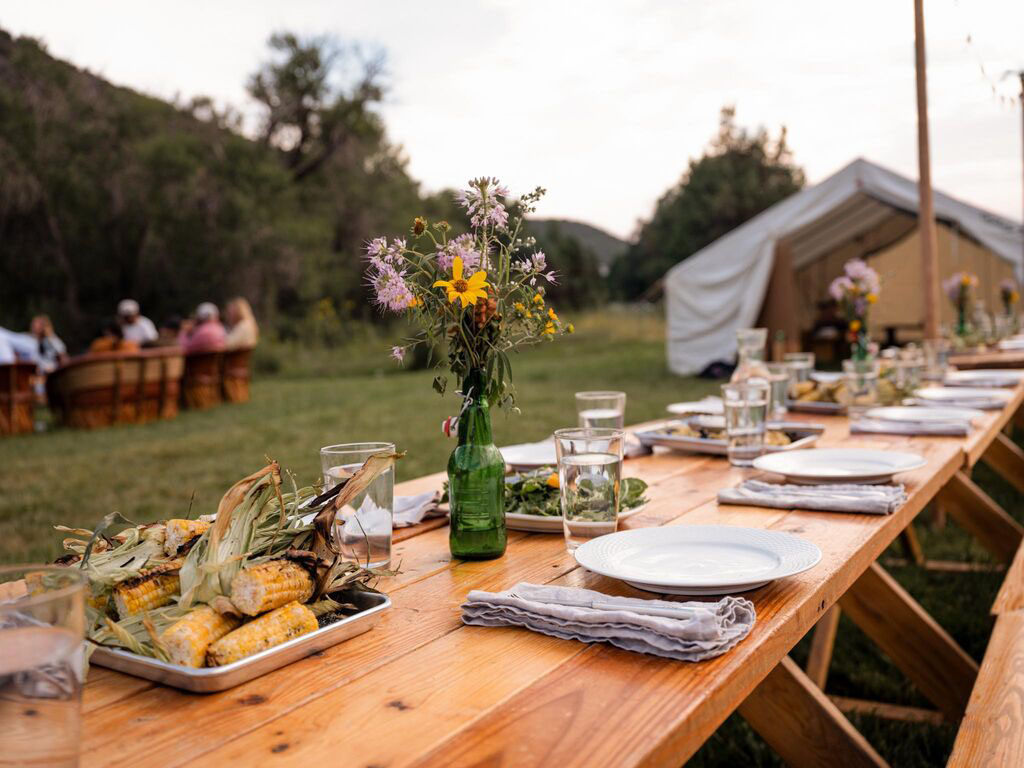
“The goal is for guests at the Paint Rock Canyon Ranch to leave with a deep understanding of the rich history of the area and the important role that ranching plays in restoring our natural resources,” says Duke Phillips III, founder of Ranchlands.
The Resort at Paws Up
Due north of Paint Rock Canyon, The Resort at Paws Up is Montana’s premier glamping resort and has six different camps to explore. With accommodations fit for families, couples, and large groups, there is something for everyone.
Paws Up is set on 37,000 acres of forests and is intersected by 10 miles of the Blackfoot River. While offering many activities from canoeing to hot air ballooning, the resort also boasts several fine-dining restaurants and a spa. With luxury, safari-style tents, and five-star amenities, Paws Up has truly redefined the concept of sleeping under the stars.

Terra Glamping
Across the country in East Hampton, New York, Terra Glamping is a unique approach to a vacation in the Hamptons. This company aims to achieve an unplugged environment where friends and family can connect with each other through quality time that’s not interrupted by technology and the experience of natural wonders around them. This refined take on camping is an opportunity for guests to escape the hustle and bustle of New York City and unwind while satisfying their adventurous side.
With 30 safari-style tents overlooking the Sag Harbor and Shelter Island, these boutique waterfront accommodations are sure to delight. Each tent is equipped with a porch, memory foam mattress, down bedding, and furniture you would expect in an upscale hotel room. Guests can enjoy activities such as kayaking and paddle-boarding and even s’mores by the fire each night. A breakfast boasting fresh fruit and pastries is also served in the dining area every morning. Terra’s amenities combined with the various activities it offers truly make it a one-of-a-kind, luxury experience.


